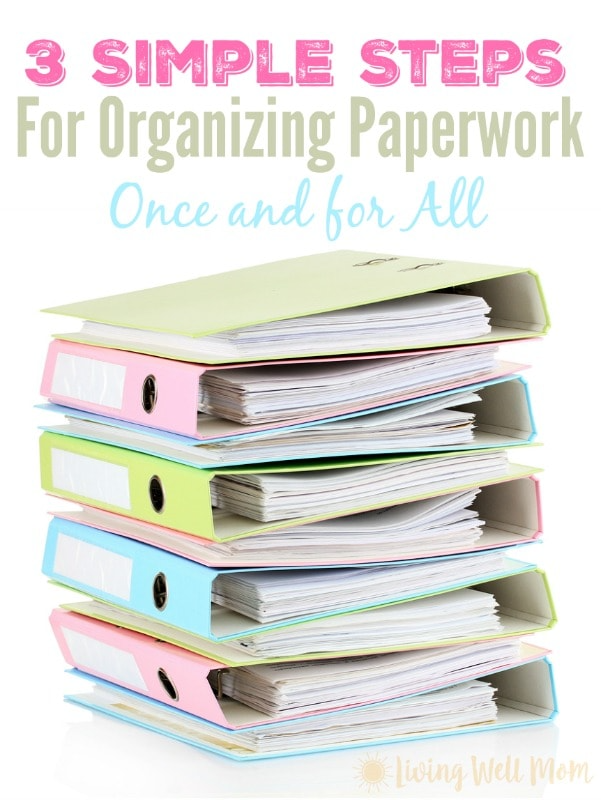5 Steps to Organize Paperwork for Civil Court Judge

Efficient organization of paperwork is paramount for anyone involved in the legal system, particularly for judges in civil court. Amidst the busy schedules and vast volumes of documents, a systematic approach can greatly reduce stress and improve productivity. This article outlines a comprehensive 5-step guide to organizing paperwork effectively for a civil court judge, ensuring seamless proceedings and records management.
Step 1: Categorize Documents

The first step in managing paperwork is to categorize documents based on their nature and urgency:
- Pleadings: Complaints, answers, counterclaims, motions, and responses.
- Evidence: Affidavits, depositions, expert reports, and physical evidence.
- Case Management: Scheduling orders, notices, and pre-trial statements.
- Judicial Memoranda: Notes, memos, and research materials compiled by the judge or their staff.
- Administrative: Court orders, correspondence, and internal memos.
Each category should have its designated space or folder to ensure easy retrieval. Using color-coded folders or labels can visually distinguish between categories at a glance.
📌 Note: This step is essential for maintaining an organized case flow and helps in the timely disposition of cases.
Step 2: Implement Digital Organization Tools

In this digital age, utilizing technology can streamline document management significantly:
- E-Filing Systems: Use court-endorsed e-filing systems to accept and manage digital submissions.
- Case Management Software: Software like Tyler Technologies or Odyssey provides digital organization, scheduling, and court case tracking.
- Document Management Systems: Platforms like DocuWare or Laserfiche enable document storage, retrieval, and secure sharing.
- Cloud Storage: For additional backup and remote access to files, utilize services like Dropbox or Google Drive.
By digitizing documents, the judge can access them from multiple devices, reducing the risk of losing physical copies and speeding up document retrieval.

Step 3: Establish a Filing System

A well-thought-out physical and digital filing system is indispensable:
| Document Type | Filing Method |
|---|---|
| Pleadings | Chronologically by date filed or case number |
| Evidence | Organized by case and categorized (e.g., documentary, electronic, physical) |
| Case Management | By date or type of document, with cross-references for related cases |
| Judicial Memoranda | Per case, with notes on relevant issues |
| Administrative | Indexed by subject for quick reference |

Keeping this structure in place will help in maintaining an efficient flow of paperwork, reducing time spent searching for documents.
Step 4: Regular Audits and Maintenance

Regularly review and maintain your organization system:
- Purge Obsolete Documents: Clear out outdated or irrelevant files to free up space and reduce clutter.
- Review Document Storage: Check for damages, make duplicates of critical documents, and consider archiving older cases.
- Update Systems: Ensure software updates are installed and that the organization process is periodically reviewed to adapt to new technologies and court procedures.
- Backups: Ensure all digital files are regularly backed up, both locally and in the cloud, to prevent data loss.
🔍 Note: Regular maintenance keeps the system efficient, preventing overwhelming backlogs and ensuring compliance with retention policies.
Step 5: Training and Delegation

Training staff and delegating tasks are critical for long-term efficiency:
- Training: Educate court clerks and judicial assistants on the filing and categorization systems.
- Delegation: Assign specific responsibilities to ensure all aspects of document management are covered.
- Communication: Ensure there is regular communication between the judge and the staff to address any organizational challenges or updates in court procedures.
An organized team ensures that the judge can focus on case adjudication rather than administrative tasks.
Mastering the organization of paperwork for a civil court judge is not just about creating order; it's about facilitating a smoother judicial process, reducing stress, and enhancing decision-making efficiency. By implementing these five steps, judges can manage their workload more effectively, leading to timely and well-informed decisions.
Why is it important for a civil court judge to organize paperwork?

+
Organized paperwork ensures that judges can easily access necessary documents during court sessions, reducing the time spent searching for information and allowing for more timely and informed decisions.
How can technology improve document organization in the court?

+
Technology like case management software, document management systems, and e-filing platforms automate much of the organization process, enable digital filing, provide secure storage, and allow for remote access to case files, enhancing efficiency and accessibility.
What are some common pitfalls in document organization?

+
Failing to update systems, poor labeling, mixing documents from different cases, neglecting backups, and not performing regular audits are common issues that can lead to disorganization and inefficiencies.
Can document organization affect the quality of judicial decisions?

+
Yes, poor organization can lead to delays in decisions, overlooking critical evidence, or misinterpretations due to confusion, ultimately affecting the quality and timeliness of judicial rulings.



